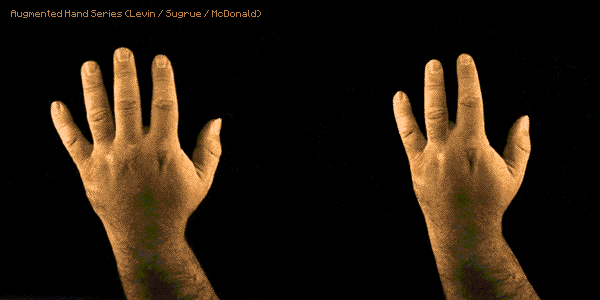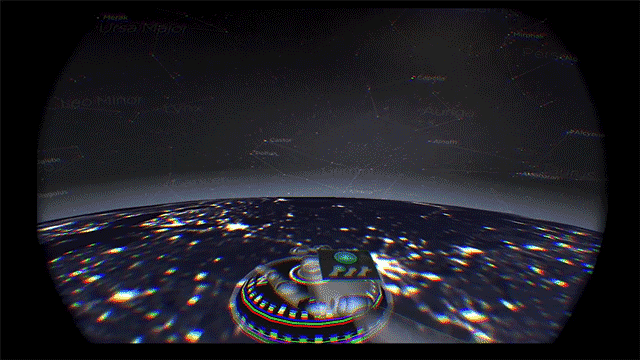One of the most powerful things about the Leap Motion platform is its ability to tie into just about any creative platform. That’s why we’ve just launched a Platform Integrations & Libraries showcase where you can discover the latest wrappers, plugins, and integrations.
Our first featured integration is Vuo, an extraordinarily flexible visual programming language for developers and designers. There are already 6 Vuo examples for on our Developer Gallery, which include Mac executables and project files – so you can download, import, and see how they all fit together. Recently, we caught up with Jaymie Strecker, one of the key developers on Team Vuo.
// Code
What if you could disassemble a robot at a touch? Motion control opens up exciting possibilities for manipulating 3D designs, with VR adding a whole new dimension to the mix. Recently, Battleship VR and Robot Chess developer Nathan Beattie showcased a small CAD experiment at the Avalon Airshow. Supported by the School of Engineering, Deakin University, the demo lets users take apart a small spherical robot created by engineering student Daniel Howard.
Nathan has since open sourced the project, although the laboratory environment is only available in the executable demo for licensing reasons. Check out the source code at github.com/Zaeran/CAD-Demo.

The “Augmented Hand Series” (by Golan Levin, Chris Sugrue, and Kyle McDonald) is a real-time interactive software system that presents playful, dreamlike, and uncanny transformations of its visitors’ hands. It consists of a box into which the visitor inserts their hand, and a screen which displays their ‘reimagined’ hand—for example, with an extra finger, or with fingers that move autonomously. Critically, the project’s transformations operate within the logical space of the hand itself, which is to say: the artwork performs “hand-aware” visualizations that alter the deep structure of how the hand appears.




